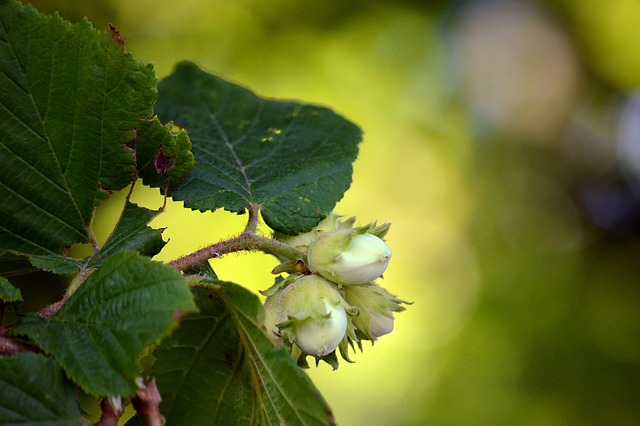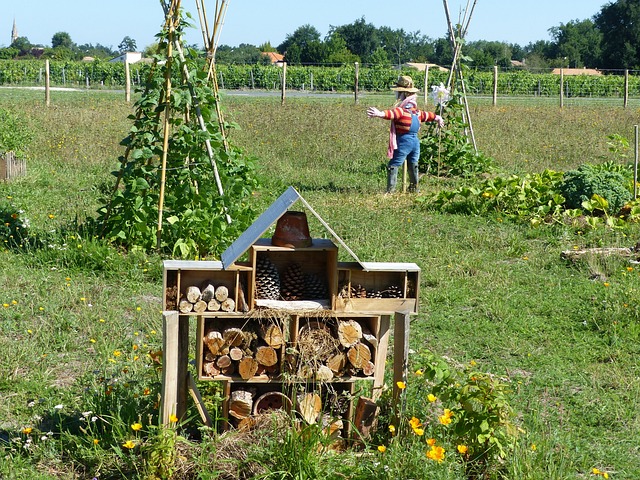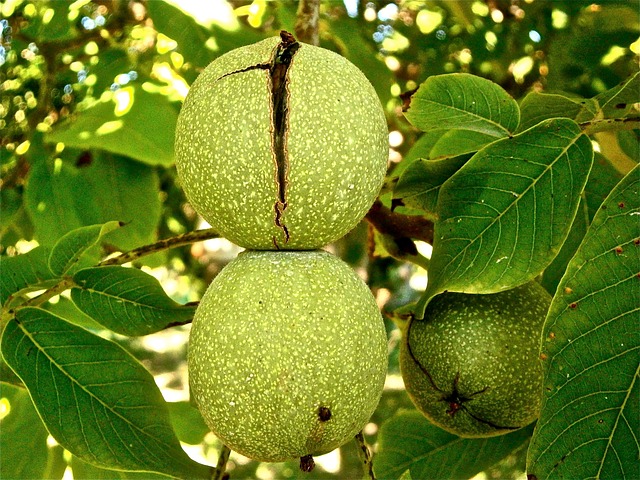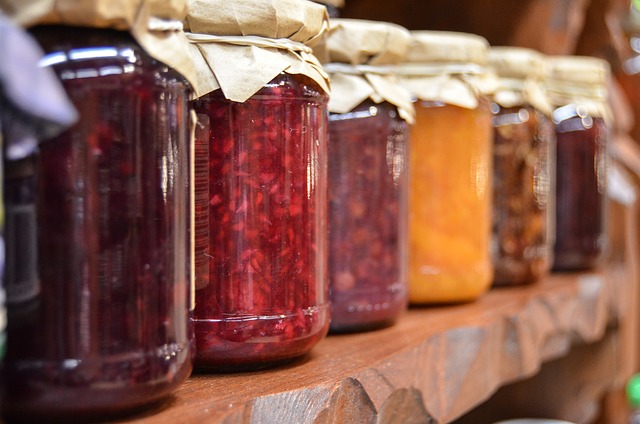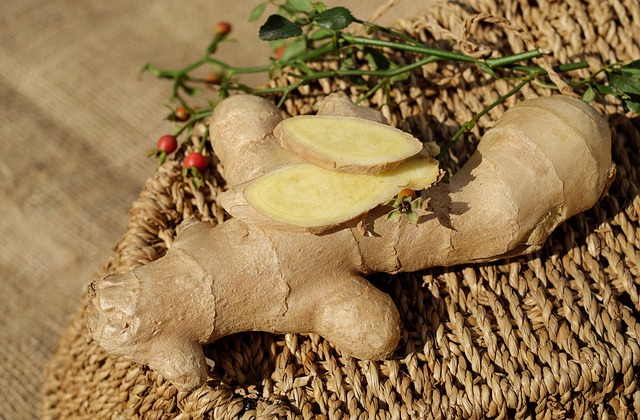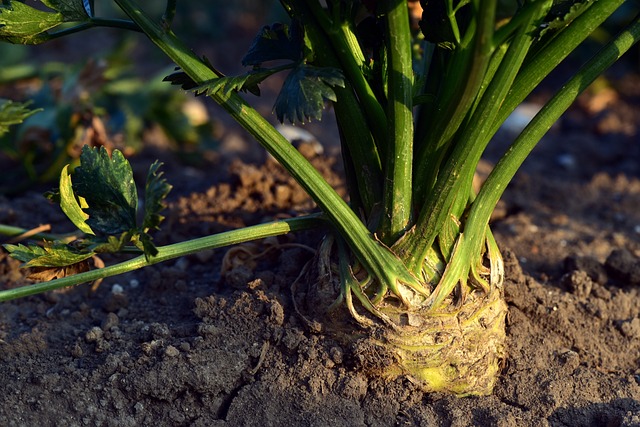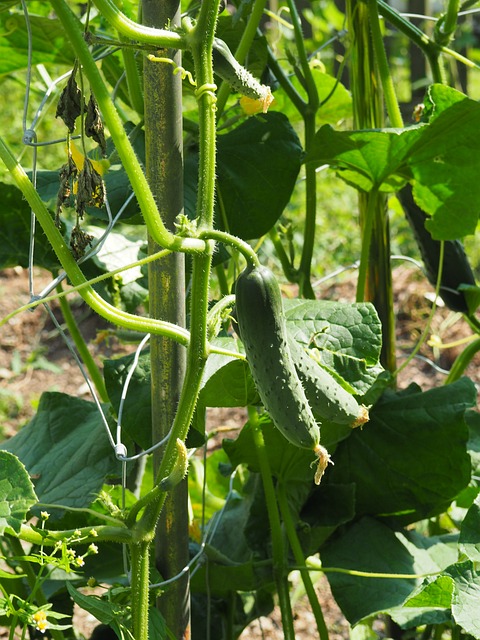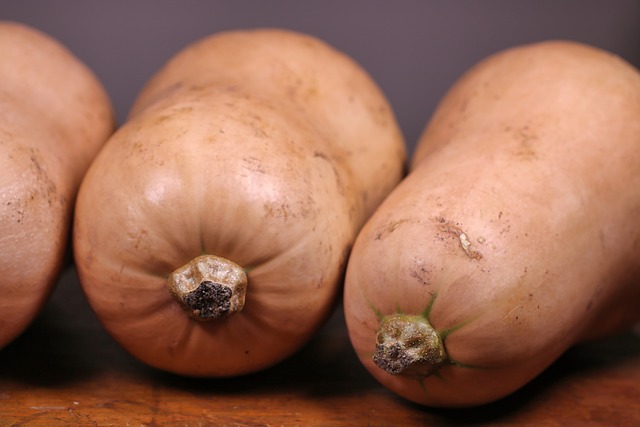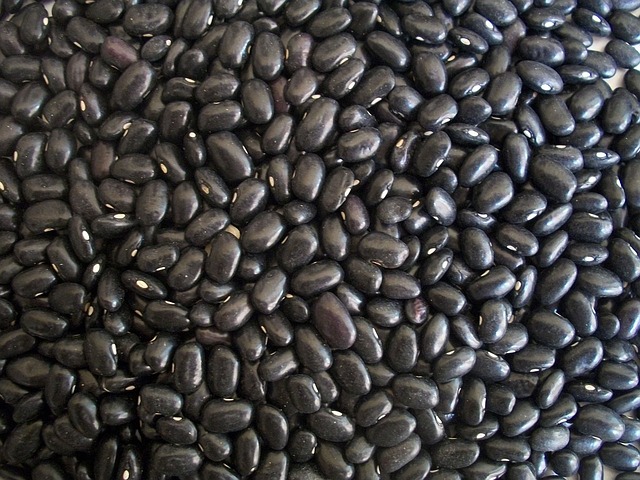How to Grow Giant Filbert (Corylus maxima)
Gardeners and sustainability advocates are constantly seeking new additions to their gardens that not only beautify their space but also serve a greater sustainable purpose. Enter the Giant Filbert, a tree that offers shade in summer, a beautiful autumn display, and a bounty of nutritious nuts. In this comprehensive guide, you’ll learn everything you need […]
How to Grow Giant Filbert (Corylus maxima) Read More »

